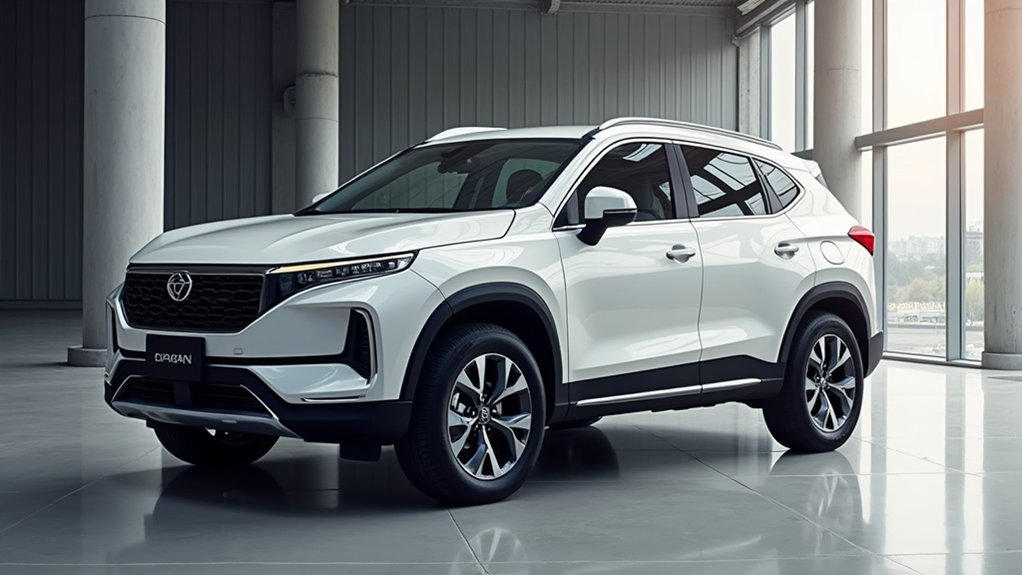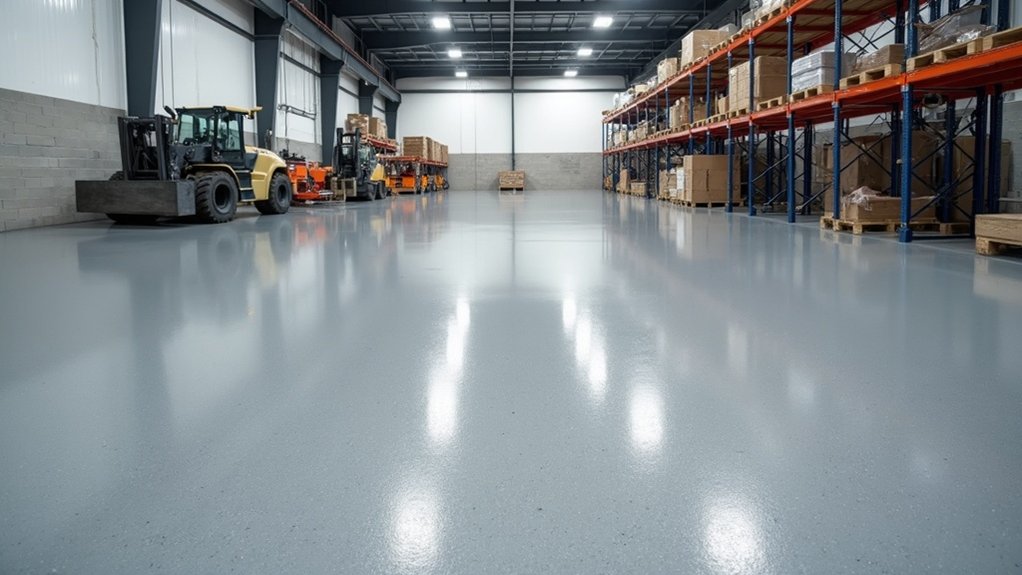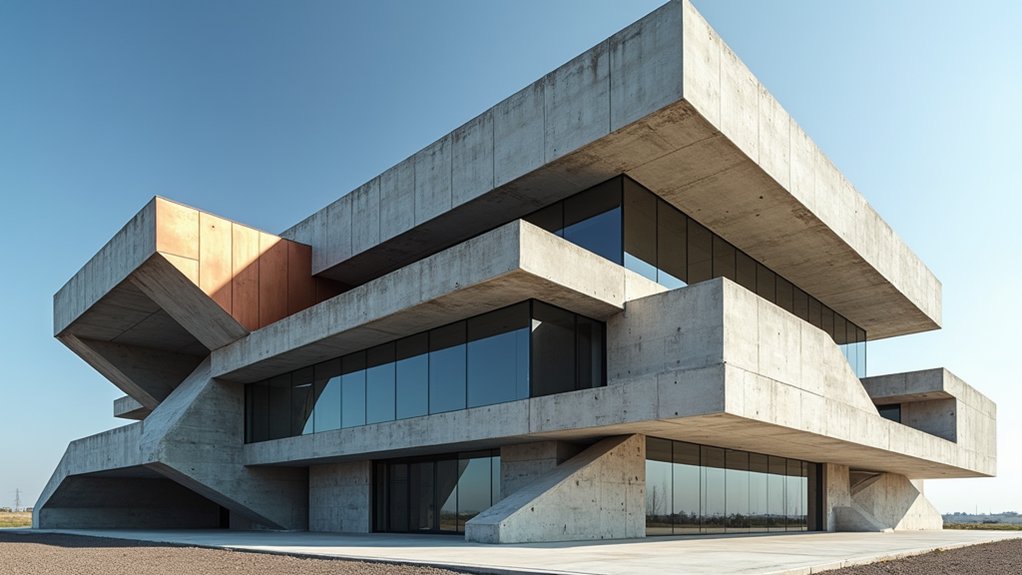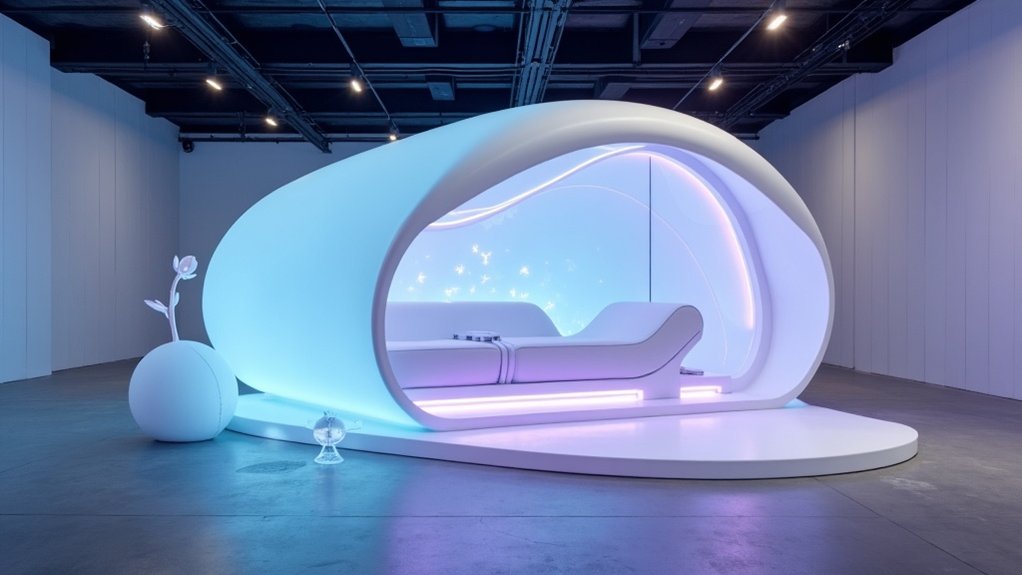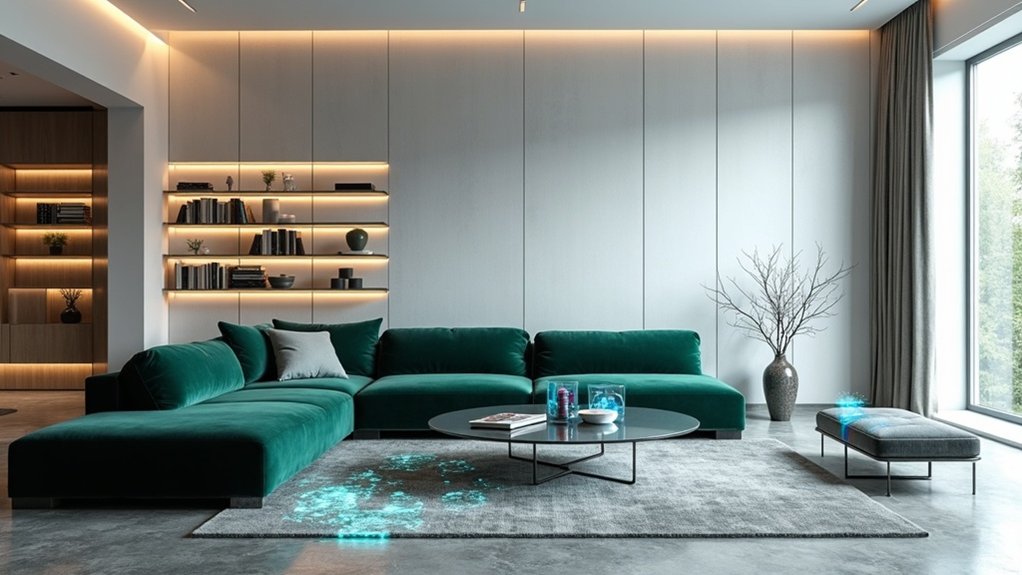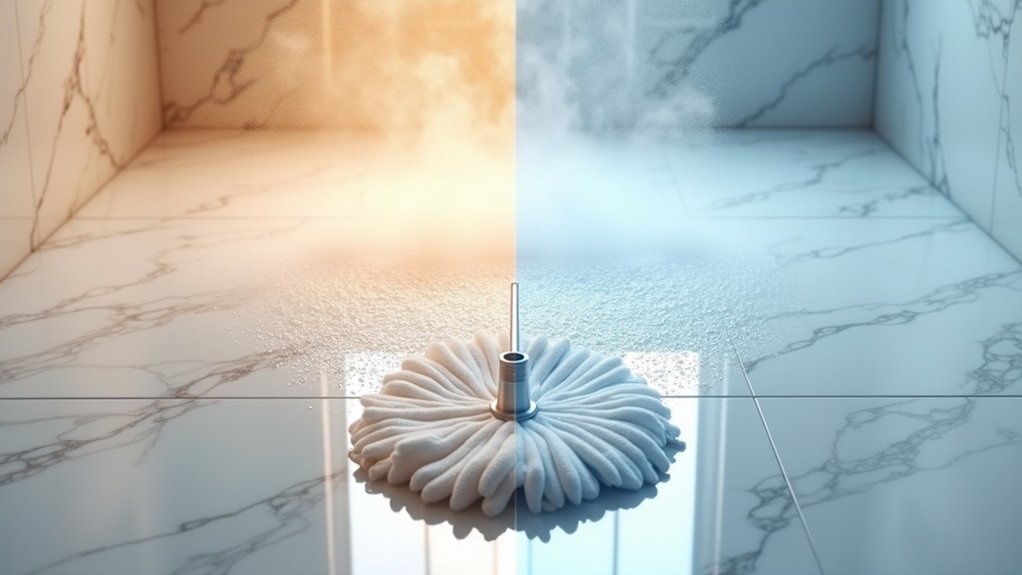While traditional commercial buildings consume vast amounts of energy and resources, a revolutionary shift toward net-zero architecture is transforming the industry environment. These innovative structures generate at least as much energy as they consume annually through onsite renewable sources, marking a significant departure from conventional designs that rely on external utility providers. With building operations accounting for 33% of global energy-related emissions and US commercial buildings alone producing approximately 826 million metric tons of CO2 annually, this transformation represents more than architectural evolution—it’s an environmental necessity.
Net-zero architecture transforms commercial buildings from energy consumers to renewable energy producers, revolutionizing industry environmental impact.
The Triple Net Zero movement advances this concept further, targeting net-zero achievements in energy, water, and waste by 2025. Commercial real estate leaders increasingly recognize that developing thorough net-zero roadmaps isn’t merely progressive thinking but vital strategy for maintaining competitive advantage as regulations tighten. This approach directly supports global efforts to prevent planetary temperatures from rising more than 1.5°C above pre-industrial levels, making net-zero buildings key players in climate change mitigation. Many projects now incorporate hempcrete and cross-laminated timber as carbon-sequestering materials that actively remove CO2 from the atmosphere while serving as structural elements.
Modern net-zero commercial buildings integrate sophisticated renewable energy systems as standard components rather than afterthoughts. Solar panels, geothermal installations, and advanced energy storage systems work in concert with smart grid connections, allowing buildings to contribute excess energy back to the grid. Advanced wind energy installations on rooftops and building facades capture urban air currents, further diversifying the renewable energy portfolio of commercial structures.
These technologies pair seamlessly with energy efficiency strategies including low-emissivity glass, LED lighting systems, high-performance insulation, and AI-controlled climate systems that optimize energy use based on real-time occupancy patterns.
The Internet of Things revolutionizes building management through continuous performance monitoring and predictive maintenance capabilities. These smart systems collect real-time data, enabling unprecedented optimization of energy consumption while enhancing occupant comfort.
Simultaneously, sustainable materials like low-carbon concrete alternatives, recycled steel, and bio-based insulation products reduce embodied carbon throughout the building’s lifecycle.
Biophilic design elements, including indoor gardens and natural ventilation systems, complement technological innovations by reducing mechanical cooling requirements while creating healthier work environments.
As net-zero buildings transition from experimental projects to industry standards, they demonstrate that environmental responsibility and commercial viability aren’t mutually exclusive but synergistic forces reshaping modern architecture.


